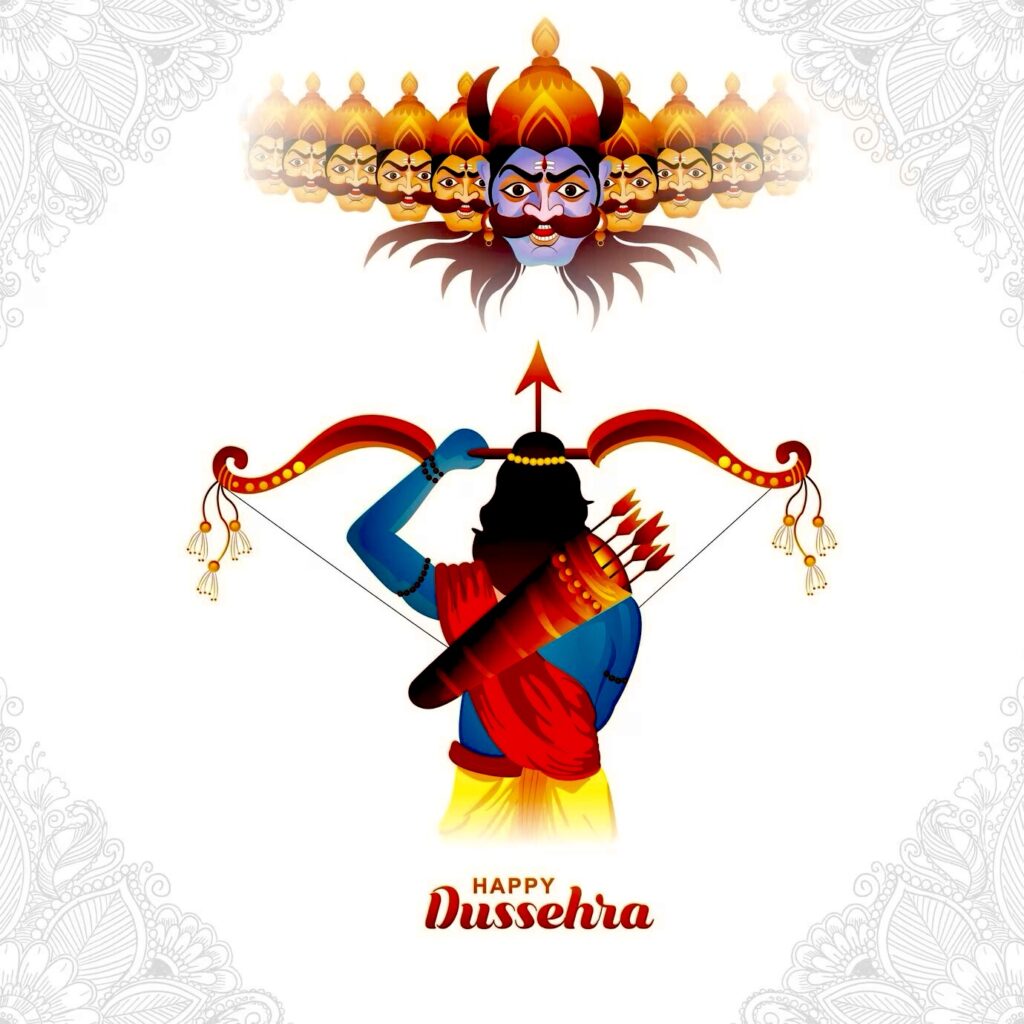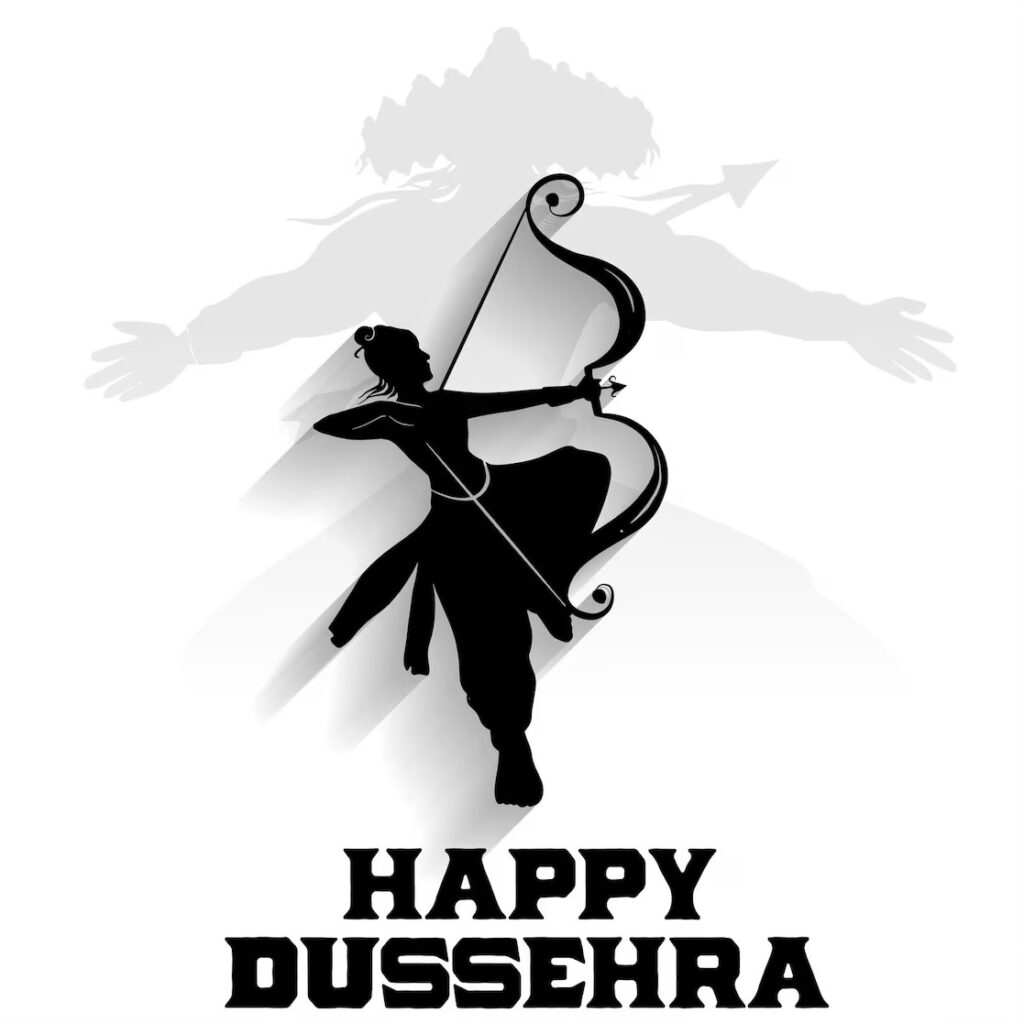In the colorful spectrum of Indian festivals, Vijay Dashmi, commonly known as Dussehra, stands out as a vibrant celebration of the victory of good against evil, light against darkness. Rooted deep in the cultural ethos of India, this festival holds immense significance across the country, marking the triumph of Lord Rama over the demon king Ravana. Beyond its religious connotations, Dussehra embodies the essence of India’s diverse and harmonious way of life.
Celebrations Across Bharat
Dussehra is celebrated with unparalleled enthusiasm throughout India. In the northern regions, grand processions and reenactments of the Ramayana are staged, depicting the epic battle between Lord Rama and Ravana. Effigies of Ravana, symbolizing evil, are set ablaze amidst cheers and fervor. In southern India, the festival honors Goddess Chamundeshwari, symbolizing the victory of Goddess Durga over the demon Mahishasura. Each region infuses its unique cultural flavors into the celebrations, showcasing the unity in diversity that defines India.
“Dharma Vijayotsava” (धर्म विजयोत्सव): The Festival of Righteous Victory.
Significance in Indian Culture
Dussehra goes beyond its religious roots, permeating various aspects of Indian life. One profound ritual involves the worship of weapons, wherein individuals revere tools instrumental to their professions. For instance, as a Computer Science Engineer, my weaponry includes laptops, gadgets, and vehicles, essential for my work and daily life. This tradition underscores the respect for one’s tools and the acknowledgment of their role in ensuring our well-being and progress.
“Asato Ma Sadgamaya, Tamaso Ma Jyotirgamaya, Mrityorma Amritam Gamaya” (असतो मा सद्गमय, तमसो मा ज्योतिर्गमय, मृत्योर्मा अमृतं गमय): Lead me from the Unreal to the Real, Lead me from Darkness to Light, Lead me from Mortality to Immortality.
Transformation of Perceptions
Dussehra serves as a transformative force, reshaping perceptions and fostering a positive outlook on life. It teaches us the importance of standing up against evil, no matter how formidable, and upholds the belief that goodness will always prevail. The festival inspires individuals to embrace the light within, motivating them to face life’s challenges with courage and resilience.
“Satyameva Jayate” (सत्यमेव जयते): Truth Alone Triumphs.
Lessons for the World
India’s celebration of Dussehra echoes the country’s rich diversity and cultural heritage. The harmonious coexistence of myriad traditions, languages, and beliefs exemplifies the beauty of diversity. This cultural mosaic serves as a powerful lesson to the world, emphasizing that unity in diversity can lead to prosperity and progress. In a world divided by differences, India’s example stands as a covenant to the potential of inclusivity and acceptance.
“Sarva Lokah Sukhino Bhavantu” (सर्व लोकः सुखिनो भवन्तु): May All Beings in the World be Happy and Peaceful.
Vijay Dashmi, the festival of victory, resonates deeply with the soul of Bharat. Beyond its religious significance, it embodies the triumph of good over evil and light over darkness. The celebration of Dussehra across the country showcases India’s unity in diversity, emphasizing the importance of embracing our differences. As we worship our tools and celebrate our victories, let us draw inspiration from this festival, carrying its message of hope, courage, and unity into our lives. As the world now often grapples with War and Division, Dussehra stands as a illuminator of harmony, reminding us all that embracing diversity leads to a prosperous and enlightened world.
#AskDushyant




Leave a Reply